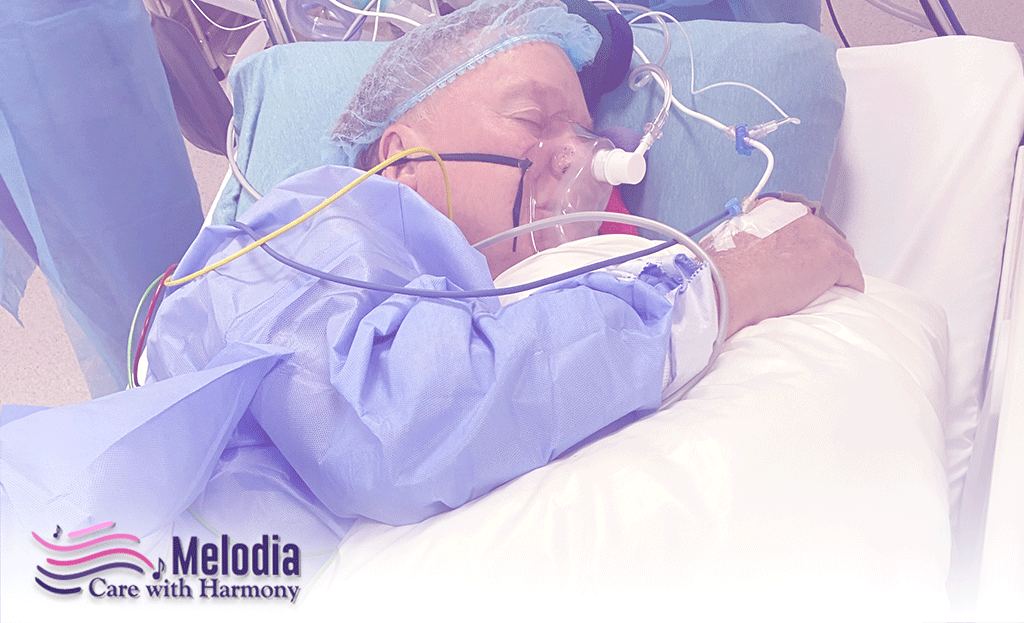Multiple myeloma has several treatments and clinical studies. Sometimes, individuals’ diseases stop responding to treatment. They may stop treatment. They prefer hospice care to focus on their final weeks or months.
Sadly, many Myeloma patients die in hospitals. Multi Myeloma patients often need blood transfusions and numerous infections, making it difficult to die at home.
Hospice is often helpful for terminal multiple myeloma patients. It can help them enjoy their end-of-life days with family and friends.
What is the Multiple Myeloma?

Blood cancer multiple myeloma. Normal plasma cells (cells that generate antibodies to fight infections that penetrate your immune system) grow and develop out of control, causing cancer. Plasma cells are among many blood cells in bone marrow, the soft interior of bones. Plasma cells develop plasmacytomas, bone tumors, in multiple myeloma patients.
Plasma cells choke out healthy red blood cell formation, causing anemia in multiple myeloma patients. Multiple myeloma patients may also have an upsurge in infections that the body cannot fight due to decreased white blood cell production.
What’s Hospice Care for Multiple Myeloma?

Hospice care for terminally ill patients prioritizes quality of life over length of life and therapy. To help you live fully and comfortably. Hospice doesn’t strive to hasten or delay death. The goal is comfort, not multiple myeloma treatment.
Hospice care helps you manage your symptoms so you can live well. It’s family-oriented. You and your family decide.
The Progression of the Disease

When an old bone breaks down, the extra plasma cells hinder new bone structures from developing, causing unanticipated fractures unrelated to external knocks and falls. Multiple myeloma is curable with chemotherapy, radiotherapy, and stem cell transplantation. Active symptoms can last years. Patients may need to switch therapy as the disease advances if cell growth resists all treatments.
When Should Care from a Hospice Begin?

Hospice doesn’t require bed rest or death. Hospice care is suggested when multiple myeloma becomes untreatable. Hospice is frequently considered when: You have less than six months to live.
You have severe pain, weight loss, excessive exhaustion, and shortness of breath despite treatment.
You wish to live more efficiently instead of enduring treatment.
Discussing these issues with your medical team and family early on is crucial. Studies reveal hospice care is routinely delayed. The sick person or their family may reject it because they see it as giving up. Not true. Hospice is reversible. If you don’t, hospice lets you maximize your last days with an advanced illness.
How Can You Get Care from a Hospice?

Consult your doctor beforehand. Hospice referrals begin. If multiple myeloma runs its course, they will certify your life expectancy is under six months. The hospice doctor confirms eligibility. You can call hospice directly, but two doctors must ensure you have less than six months to live.
Where Do I Get Hospice Care?

Hospice is portable. Usually at home, assisted living, or nursing facility. Hospices offer long-term residential centers. Hospice may transfer you to an inpatient hospital for a blood transfusion and then return home if you need 24/7 care.
Research local hospices before enrolling. Methods include:
- Hospice Compare. This government website lists Medicare-certified providers and rates them based on family caregiver experience and patient care.
- Request a medical referral.
- Discuss hospice care with friends, family, and neighbors.
- The hospice should be Joint Commission or Community Health Accreditation Program-accredited. A third party has certified the hospice’s care.
After narrowing your choices, hospice might send a representative to interview you or your loved one.
Multiple Myeloma Hospice Care: Who Pays?

Medicare covers complete hospice treatment for anyone over 65 if they use a Medicare-certified provider. Prescriptions and respite care may require co payments, but there is no deductible.
Private health insurance may cover hospice for under-65s. They may not have Medicare-level coverage, so check with them.
Hospice care has two 90-day benefit periods and an infinite number of 60-day intervals. You won’t lose coverage after six months. Lifelong advantages.
Contact hospice if you don’t have health insurance and can’t afford it. Some offer charity care.
What Multiple Myeloma Treatments Are Used in Hospice Care?

Multiple myeloma treatments will stop. Multiple myeloma patients rarely need renal dialysis or blood transfusions for anemia. You’ll get painkillers instead. Other services include hospital beds, wheelchairs, walkers, and oxygen.
- Hospice-incompatible short-term inpatient pain or symptom management.
- Caregiver respite. The patient stays in a hospice or nursing home for a few days so loved ones can rest.
- Family grief counseling. After a year, families receive these.
Passing With Peace

Those who have watched a loved one die from multiple myeloma complications report a tranquil, pain-free death. Hospice providers work with physicians to measure a patient’s pain and prescribe painkillers to assist them in meeting their quality-of-life goals. Most hospice and palliative teams seek to keep patients conscious in their final days.
Hospice care can help multiple myeloma patients retain relationships with loved ones as their sickness progresses.
The Melodia Care Hospice Team Is Ready to Assist You!
If you or someone you know is dealing with multiple myeloma and would like more information on how Melodia Care Hospice might help, please fill out our contact form so that we can provide you with additional details on our compassionate care services.







